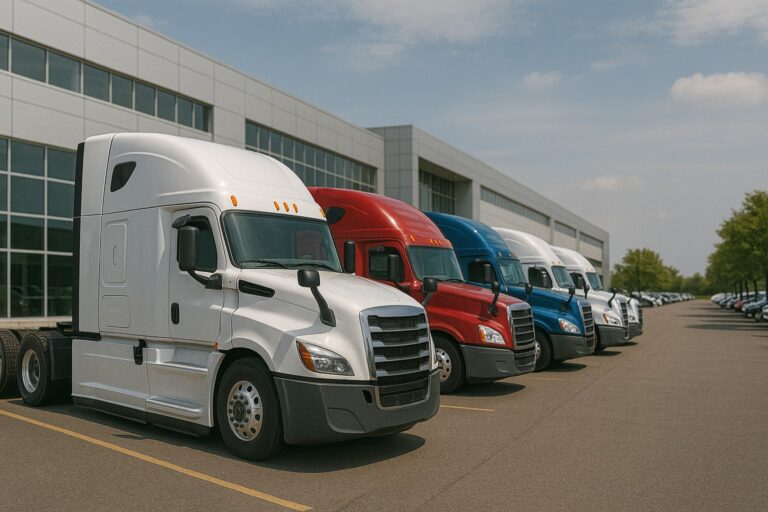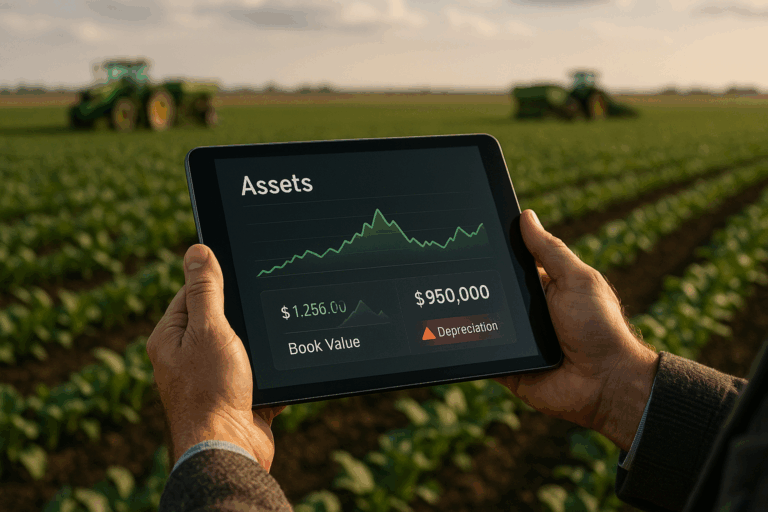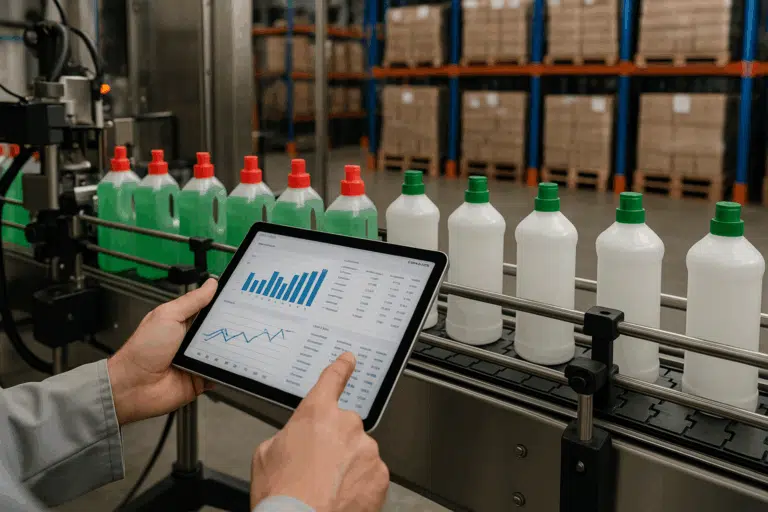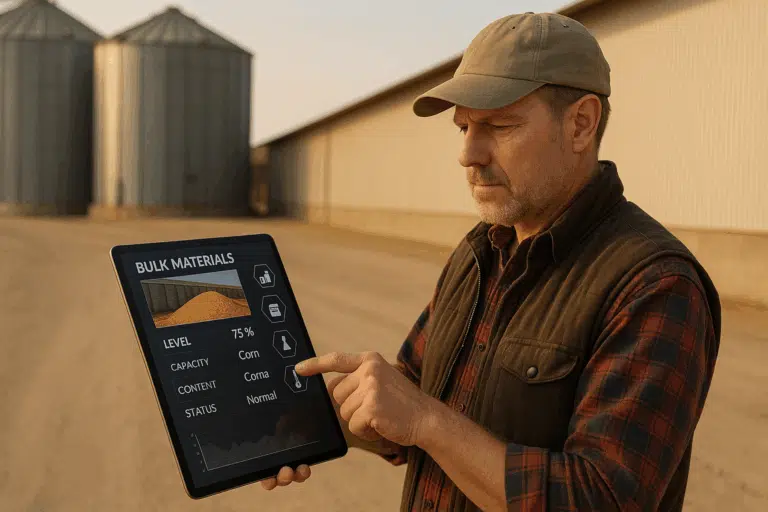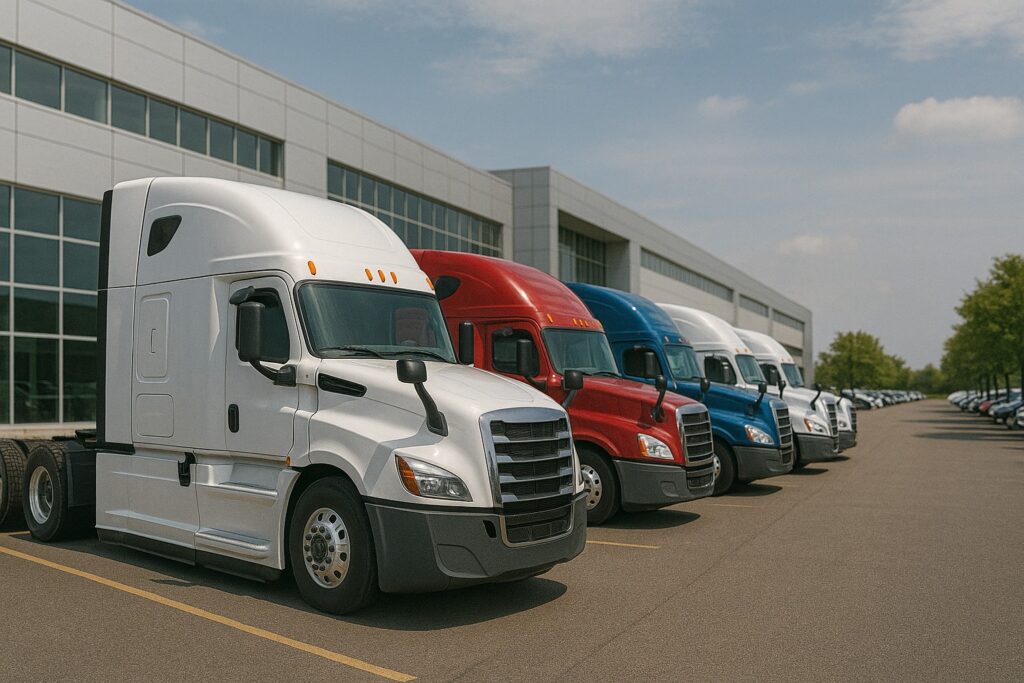As specialists in asset management, we understand the critical role that RFID in Asset Tracking plays in optimizing operations and securing assets. In this concise overview, we’ll explore both the benefits and drawbacks of integrating RFID technology into your asset tracking strategy. Join us as we delve into how RFID can transform asset management, ensuring you make the most informed decision for your organization.
Table of Contents
ToggleRFID in Asset Tracking Overview

Radio Frequency Identification (RFID) technology is a critical tool in asset tracking, significantly improving the efficiency and accuracy of managing both mobile and fixed assets. Here’s a detailed look at how RFID is transforming asset tracking:
The System:
- Tags: Tiny RFID tags are attached to your assets. These tags contain a microchip and antenna.
- Readers: RFID readers emit radio waves that interact with the tags, gathering data and pinpointing their location.
How it Works:
- Data Encoding: Information about the asset, like ID number or location, is encoded on the tag’s microchip.
- Radio Communication: The reader emits radio waves. The tag’s antenna picks them up, activating the chip.
- Data Transmission: The chip transmits the encoded data back to the reader.
- Software Integration: An RFID software system captures the data from the reader, providing real-time asset visibility.
Pros and Cons of RFID in Asset Tracking

RFID (Radio Frequency Identification) technology has become a cornerstone in asset tracking systems across various industries due to its efficiency and automation capabilities. Below, we explore the advantages and disadvantages of using RFID for asset tracking to provide a balanced perspective.
Pros of RFID in Asset Tracking
- Enhanced Efficiency:
- Quick Scanning: RFID tags can be read quickly and simultaneously, without needing a direct line of sight, unlike barcodes.
- Bulk Reading: Multiple tags can be read at once, which speeds up the process, especially during audits and inventory checks.
- Accuracy and Reliability:
- Reduced Human Error: Automation of tracking minimizes manual entry errors and improves data accuracy.
- Reliable Data: Provides consistent and reliable data essential for inventory management and decision-making.
- Real-Time Data:
- Immediate Updates: Offers real-time updates on the whereabouts and status of assets, crucial for dynamic and critical operations.
- Asset Management: Helps in efficiently managing asset life cycles and maintenance schedules.
- Scalability:
- Flexible Systems: RFID systems are scalable, catering to businesses of all sizes and adaptable to increasing inventory or assets.
- Security and Control:
- Theft Reduction: Helps reduce theft and unauthorized use of assets by providing precise tracking capabilities.
- Access Control: Can be integrated with security systems to control access to restricted areas.
Cons of RFID in Asset Tracking
- Cost:
- Initial Investment: The initial setup cost for RFID systems, including readers, tags, and software, can be significant.
- Tag Costs: While the price has decreased, RFID tags are still more expensive than traditional barcodes.
- Technical Challenges:
- Interference Issues: RFID readers can experience interference from metals and liquids, which can affect the system’s efficiency.
- Technical Complexity: Implementing an RFID system requires technical expertise and integration with existing systems.
- Privacy Concerns:
- Data Security: The storage and management of data captured by RFID pose security risks if not properly protected.
- Surveillance Concerns: There’s potential for misuse of RFID technology, as it can track movements and gather personal information without consent in some scenarios.
- Environmental Concerns:
- Electronic Waste: RFID tags contribute to e-waste, as they are electronic items that may not always be recyclable.
- Longevity and Disposal: Some RFID tags are designed for single use, raising concerns about their environmental impact upon disposal.
- Range Limitations:
- Limited Read Range: Depending on the type of RFID technology (active vs. passive), the read range can be limited, affecting its usefulness in large-scale environments.
- Obstacles and Blockages: Physical obstacles can block RFID signals, particularly with passive tags, which rely on the reader’s signal to function.
- Dependence on Technology:
- System Failures: Like any technology, RFID systems can face operational disruptions due to software or hardware failures.
- Maintenance Costs: Ongoing maintenance and updates can add to the total cost of ownership of RFID systems.
Here’s a table summarizing the pros and cons of using RFID technology in asset tracking:
| Advantages | Disadvantages |
|---|---|
| Enhanced Efficiency | Cost |
| – Quick scanning | – High initial investment |
| – Bulk reading | – Higher cost of tags than barcodes |
| Accuracy and Reliability | Technical Challenges |
| – Reduced human error | – Interference from metals and liquids |
| – Reliable data | – Technical complexity in integration |
| Real-Time Data | Privacy Concerns |
| – Immediate updates | – Potential for data security issues |
| – Efficient asset management | – Surveillance concerns |
| Scalability | Environmental Concerns |
| – Adapts to business size and growth | – Contribution to electronic waste |
| Security and Control | – Disposal issues |
| – Helps in reducing theft | Range Limitations |
| – Integrates with security systems | – Limited read range |
| – Obstacles can block signals | |
| Dependence on Technology | |
| – Possibility of system failures | |
| – Ongoing maintenance costs |
What is the difference between active and passive rfid systems?
The key difference between active and passive RFID systems lies in how the tags are powered:

Passive RFID:
- Power Source: No internal battery.
- Activation: Powered by the electromagnetic field generated by the RFID reader.
- Read Range: Shorter (typically under a few meters) due to weaker signal.
- Cost: Less expensive per tag.
- Lifespan: Longer, lasting upwards of 10 years.
- Applications: Suited for high-volume tracking like inventory in retail or access control.

Active RFID:
- Power Source: Internal battery.
- Activation: Continuously transmits a signal.
- Read Range: Much longer (up to 100 meters or more).
- Cost: More expensive per tag due to battery and complex design.
- Lifespan: shorter (battery needs replacement every few years).
- Applications: Ideal for real-time tracking of high-value assets, long-range applications, or situations requiring environmental sensing (e.g., temperature monitoring for perishable goods).
Here’s a table summarizing the key points:
| Feature | Passive RFID | Active RFID |
|---|---|---|
| Power Source | No battery | Internal battery |
| Activation | By reader’s electromagnetic field | Continuously transmits signal |
| Read Range | Shorter (under a few meters) | Longer (up to 100m or more) |
| Cost per Tag | Less expensive | More expensive |
| Lifespan | Longer (10+ years) | Shorter (battery replacement) |
| Applications | Inventory tracking, access control | High-value asset tracking, long-range, environmental sensing |
Applications of RFID in Different Industries

- Healthcare: Tracking medical equipment, pharmaceuticals, and even patients to improve safety and operational efficiency.
- Retail: Managing inventory, reducing theft, and enhancing customer experience through smart fitting rooms and fast checkouts.
- Manufacturing: Monitoring tools, parts, and products through production lines to optimize manufacturing processes.
- Logistics and Supply Chain: Tracking shipments and goods from origin to destination to ensure transparency and efficiency in the supply chain.
Challenges and Considerations
- Cost: Initial setup and implementation of RFID systems can be costly, although prices have been decreasing.
- Interference: RFID performance can be affected by metal and liquids, which may require adjustments in certain environments.
- Privacy Concerns: The ability to track items and potentially individuals can raise privacy issues that need to be addressed through policies and technologies.
Future Prospects
The future of RFID in asset tracking looks promising, with continuous advancements in technology leading to smaller, more efficient, and cheaper tags. Integration with IoT and AI technologies could further enhance the capabilities of RFID systems, leading to smarter asset management solutions.
RFID technology has clearly revolutionized asset tracking, offering numerous benefits that can significantly improve business operations across various sectors.
Get in Touch for a Free Quote

As the CPCON Group, with over 25 years of pioneering experience in fixed asset management, we understand the transformative impact of RFID technology on asset tracking. Implementing RFID systems offers a blend of increased efficiency, improved accuracy, and enhanced security, essential for modern businesses looking to optimize their asset management processes. However, mindful of the challenges, including cost considerations and privacy issues, we are dedicated to tailoring solutions that fit your unique needs.
We invite you to reach out to us. If you’re ready to explore how RFID can enhance your asset management or have any further questions, contact us today for a free quote. Let’s work together to find the perfect solution that integrates seamlessly into your operations.
FAQ’s
What is RFID technology?
RFID stands for Radio Frequency Identification. It uses electromagnetic fields to automatically identify and track tags attached to objects. The tags contain electronically-stored information.
How does RFID improve asset tracking?
RFID improves asset tracking by enabling the automatic, quick, and accurate collection of data about the assets. It allows for bulk scanning and real-time updates, greatly increasing operational efficiency.
What are the types of RFID tags?
There are mainly two types of RFID tags: active and passive. Active tags have a battery and broadcast their signal actively, while passive tags rely on the reader to power them and are generally cheaper and smaller.
Can RFID tags be read through materials?
RFID tags can generally be read through non-metallic materials like plastic or wood. However, metals and liquids can interfere with the signals.
Is RFID technology expensive?
The cost of RFID technology has decreased over the years but can still be significant, especially for high-volume or high-complexity implementations. Costs include tags, readers, and system integration.
What are the privacy concerns with RFID in asset tracking?
RFID can raise privacy concerns, especially if personal data is involved. It’s important to ensure data is securely stored and access is controlled to prevent unauthorized data retrieval.
Citations:
- Kulkarni, Gurudatt et al. ““RFID security issues & challenges”.” 2014 International Conference on Electronics and Communication Systems (ICECS) (2014): 1-4.
- Evizal, Evizal et al. “Active RFID Technology for Asset Tracking and Management System.” TELKOMNIKA Telecommunication Computing Electronics and Control 11 (2013): 137-146.



